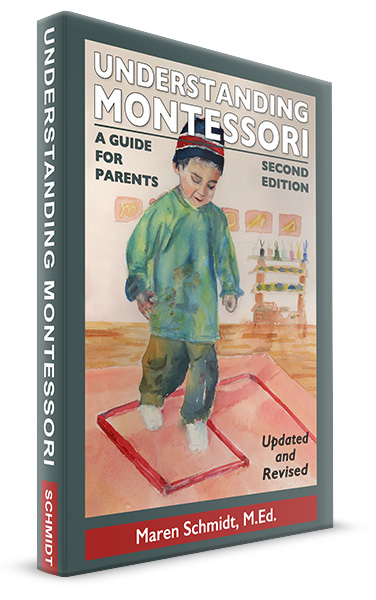
During the first six years of life, a child’s brain develops based on the interaction of the child with his or her environment. Research shows that certain factors enrich the child’s environment and produce positive outcomes in terms of the child’s future educational level, social development and self-discipline. These factors include movement, opportunities for meaningful learning, information presented in clear and coherent ways, opportunities to control stressors, social relationships, nutrition and adequate time to learn.
True physical activity engages all the child’s senses.
Jumping in a water puddle creates a multi-sensory experience with the splash of water, droplets sprinkling the face, the sight of water splattering, the slosh of the foot through water, along with the squish of the mud and a spatter of water on the tongue. The jump into the water puddle fills the senses with the coolness and freshness of the air after a thunderstorm.
The child and his brain delight in the plunge into the puddle.
Our brains require activity to learn about the world and to connect new activities to previous experiences. It is this intense and joyful contact with the physical world that stimulates the brain to grow in life-enhancing directions. Peeling a banana, tasting new foods, digging in the dirt, discovering ants and rolly-pollies, feeling the tickle of a dandelion puff, landing in a pile of leaves. These types of activities create foundational experiences that keep the young brain active and engaged in life, while forming the substructure for life-long learning.
Physical activity used to explore the natural world creates a curious intellect. Questioning and investigation expand the limits of our minds.
Curiosity, and the movements accompanying inquisitive exploration, can be stilted in environments that have too many off-limits areas or are one-dimensional in their scope. Consider the child who is confined to a playpen or constantly told ”no” as the child tries to explore his or her world. The passive single dimension of battery-operated toys, television, DVDs and computers are mind-deadening to a child whose mind and body crave multi-sensory, novel, challenging and meaningful activities, all involving movement.
For example, our modern world creates situations where children are strapped into car seats for an average time estimated to be 350 hours during a child’s first two years of life.
That’s the equivalent of over 40 eight-hour days strapped in a car seat at a critical time of development for the young mind–a time when movement and exploration are vital to the life of a child.
Give your child as many opportunities to move and explore as possible.
Make your home and backyard a place where your child is free to delight in his or her discoveries of the sights, sounds, tastes, smells and sensations of the world.
Childproof your home and yard for safety. Visit SafeKids.org for ideas on how to make your home safe, yet child-friendly.
Put away the battery-operated toys, computers and DVDs until your child is older than six years, a time when your child will be in a different period of development.
Help your child move, explore and discover. That’s the way the brain grows.


So agree! Thank you. Will share with parents.
Janet,
Wonderful!
I don’t know how I stumbled across your emails, I figured the first was sent to me because I was a teacher. However, I have asked other teachers in my school if they receive your emails and most say they do not. I have forwarded the link to them. I really enjoy your articles and have shared a few on the development of literacy in children. I am a first grade teacher and a mother of a 12 and 13 year old. I have found your articles beneficial to me as a teacher and a mother. Thank you for sharing.
Linda,
Aloha! I’m glad to have you as a Kids Talk reader.
Thank you for letting others know about the resources I have here–newsletters, free online workshops and webinars, plus professional development courses.
Thank you Maren for the articles. They are wonderful to read and practice too. The safe kids website is equally resourceful. Thanks for sharing.
Murali,
Aloha! Glad to know that you enjoy the Kids Talk articles.
Thanks for letting me know.